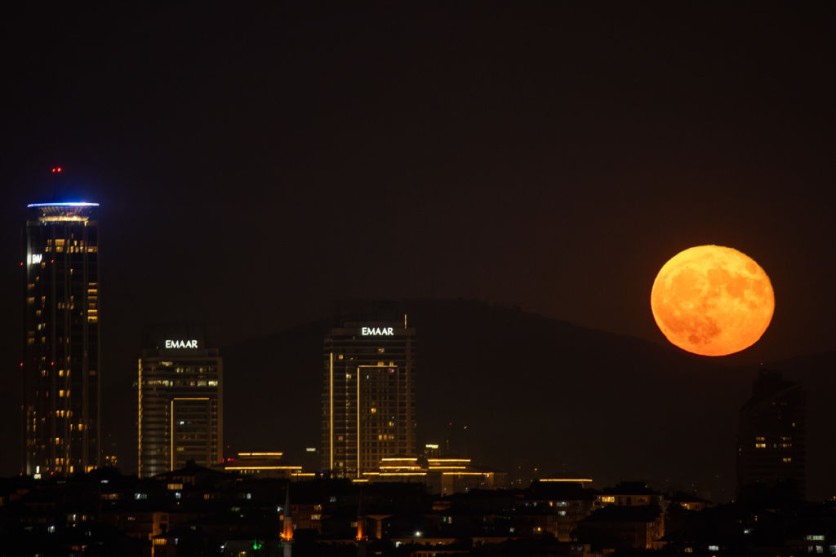Many celestial bodies surround the world, and probably one of the most important and oldest-known is the moon, which has various phases, with the full moon being one of the most recognizable.
Each full moon has a different name or designation as each has a special cultural phenomenon tied to it, as regarded by various sources like the Old Farmer's Almanac.

Full Moon: What Does Each Name Mean?
The full moon has been an indicator of months, seasons, and events, which various cultures have used to track things and occurrences.
Each has its unique name, with the September Harvest Moon best known for being early this year and signifies the time of harvest for farmers. But what about other months? Here are their names and explanations.
- January - Wolf Moon, Old Moon, or Ice Moon | January 25, 2024 | Typically because of hungry wolves that howl during the night.
- February - Snow Moon or Hunger Moon | February 24, 2024 | Typically, during the peak of winter, February has more snow coming in, and food is harder to obtain.
- March - Worm Moon, Sap Moon, or Crow Moon | March 25, 2024 | Referred to as Worm Moon as earthworms return to the surface, it also goes by the names Sugar Moon, Goose Moon, and Lenten Moon.
- April - Pink Moon, Egg Moon, or Fish Moon | April 23, 2024 | Spring is here, and various places see the blooming of pink phlox flowers, which also signifies the season's change.
- May - Flower Moon or Planting Moon | May 23, 2024 | The full bloom of flowers can be seen across the country, stemming from an Algonquin name.
- June - Strawberry Moon, Hot Moon, or Rose Moon | June 21, 2024 | Strawberries are in full bloom during this time, hence the name, but also because it signals the upcoming Summer season.
- July - Buck Moon, Thunder Moon, or Hay Moon | July 21, 2024 | Typically known for when male deers have their antlers grow full in North America.
- August - Sturgeon Moon or Red Moon | August 19, 2024 | August signals the abundance of sturgeons in the Great Lakes.
- September - Harvest Moon | September 29, 2023 | The next full moon this September is known as the Harvest Moon because of the light it shines in the night for working extra hours in the field.
- October - Hunter's Moon or Blood Moon | October 28, 2023 | The Fall season is upon different regions, and its other ambiguation, Blood Moon, came from the abundance of animals to hunt during this time.
- November - Beaver Moon or Frosty Moon | November 27, 2023 | Beavers prepare for winter, and it also means more hunters are here to secure them alongside the chillier weather.
- December - Cold Moon or Long Night's Moon | December 26, 2023 | The Cold Moon for December describes the colder atmosphere, longer nights, and darkest nights of the year.
The Last Supermoon of 2023
September's full moon is also set to be the last supermoon of 2023, a sight to see this coming Friday, with the natural satellite better emphasized and seen by the naked eye.
The Moon and its Phases
Astrologists, early beliefs, and studies have linked various moon activities and their phases to human life, which has been proven by scientific research, alongside different phenomena that came from it.
According to a study from the Children's Hospital of Eastern Ontario Research Institute in Canada, a full moon is linked to children having less sleep. Last August 30, there was the third supermoon, called the Rare Blue Moon, also known as the sign of Pisces, known for a period of introspection, emotional release, and healing.
Soon, the world will see this year's last supermoon, also known as the "Harvest Moon," after the autumnal equinox. The moon's unique names have reasons why they are called like that, which has been a great indicator of time for Earth dwellers in the past and is also essential for present people to track time for millennia.

ⓒ 2025 TECHTIMES.com All rights reserved. Do not reproduce without permission.




